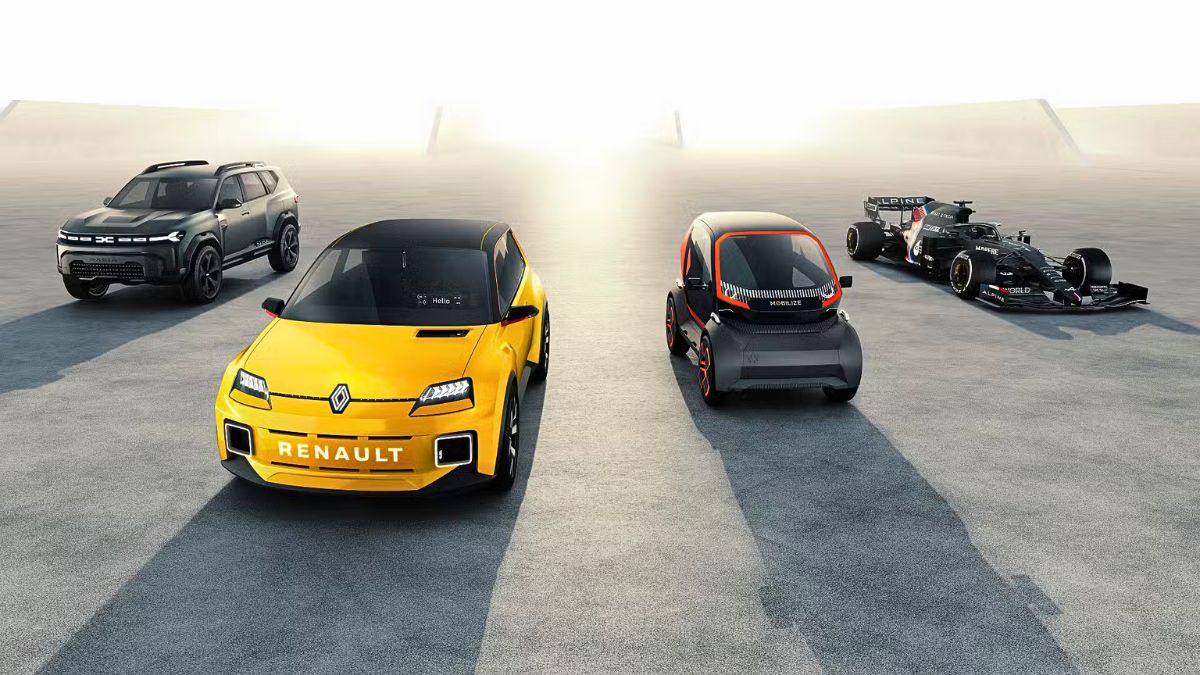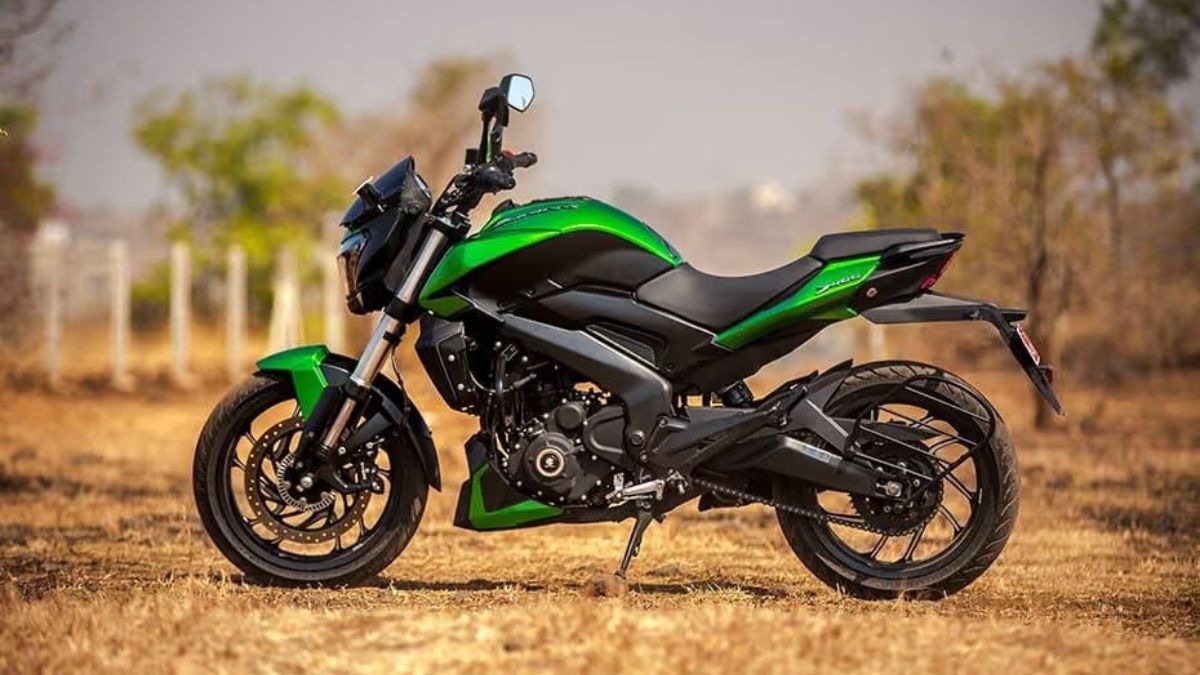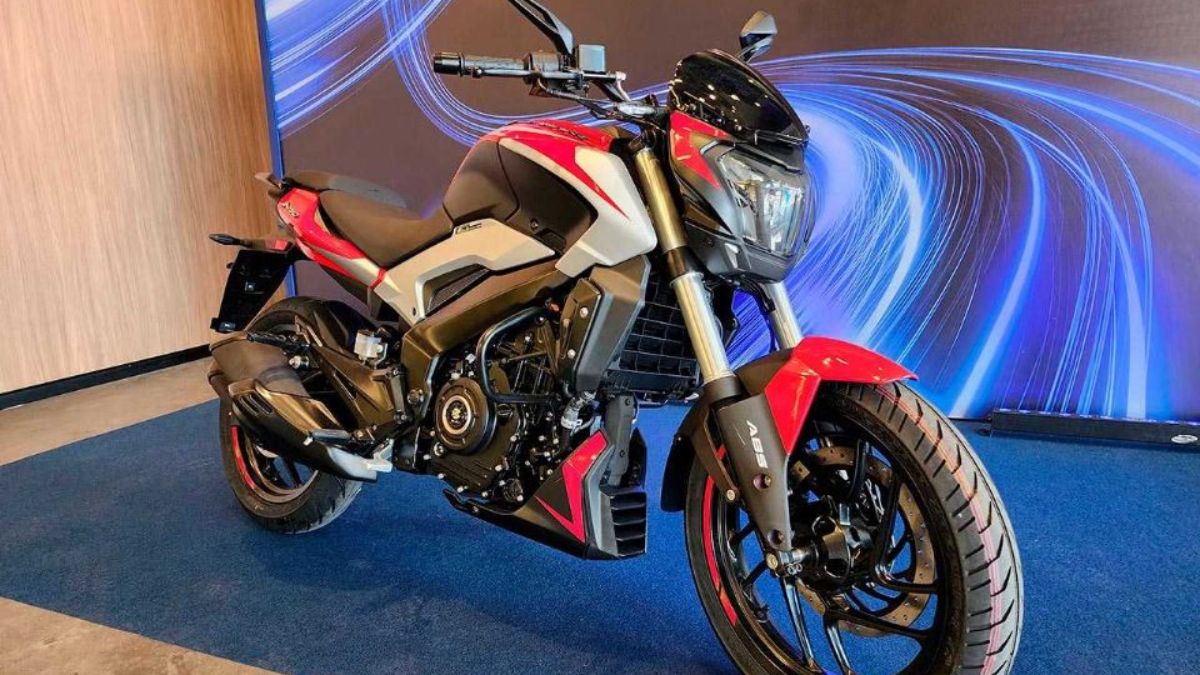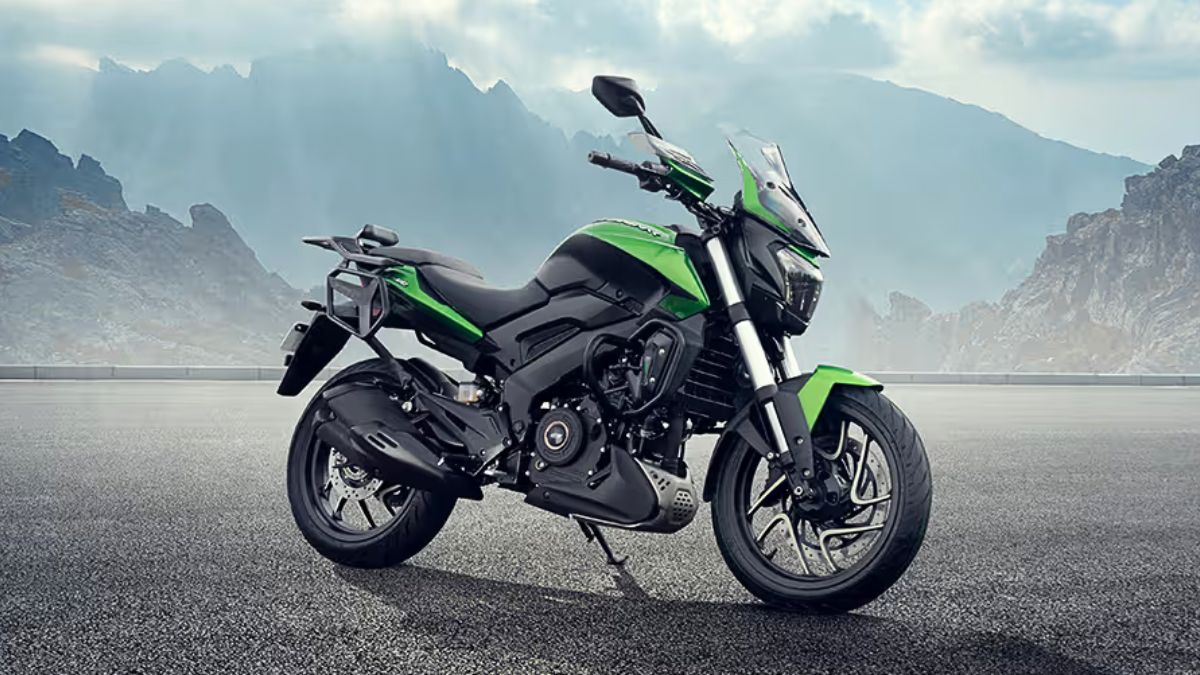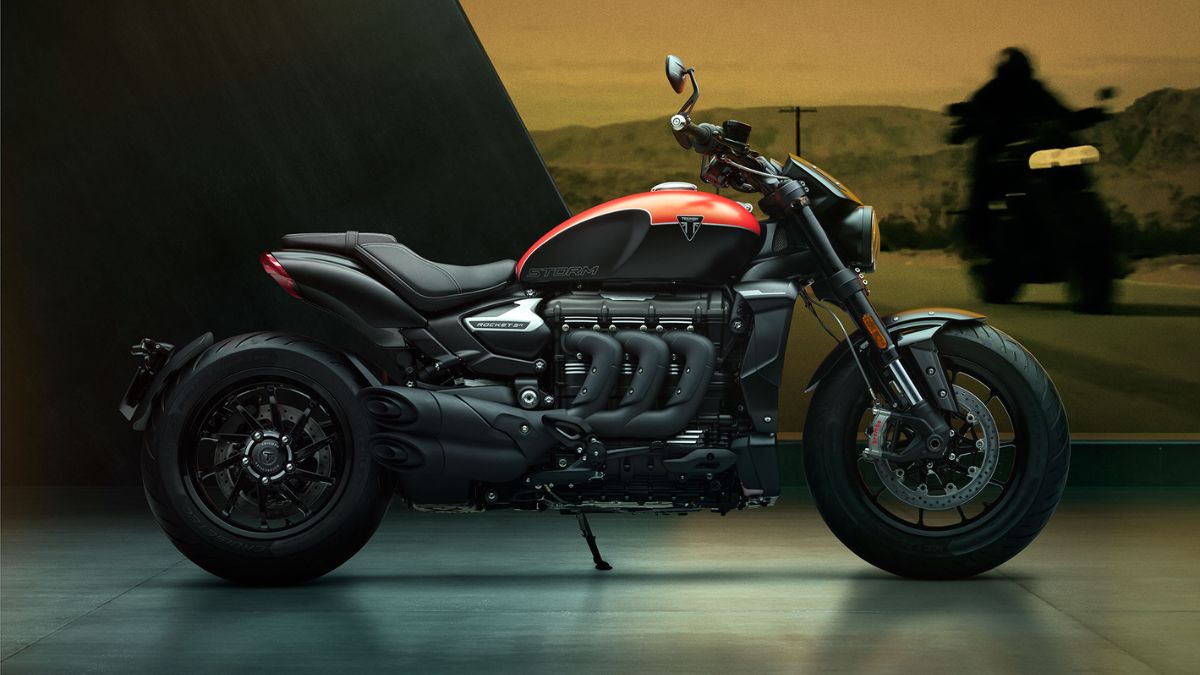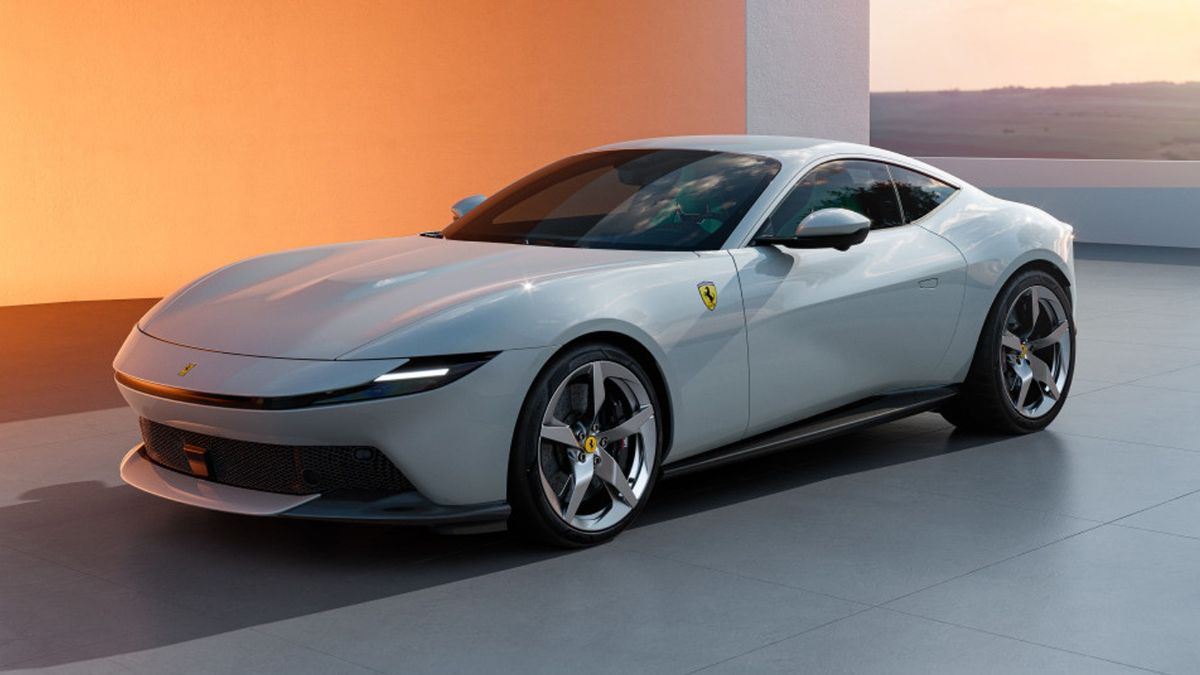Renault is gearing up for a major comeback in India. Over the next 24 months, the French carmaker plans to launch five new models, including next-gen versions of the Triber and Kiger, two new premium SUVs, and an electric vehicle. What’s more interesting? All of them will be sold under one roof—no separate showrooms or premium chains.
Strategy
Renault has made its intentions clear. It wants to grab a 3% market share in India by 2030, and this aggressive product push is the first step toward that goal. Instead of following rivals like Maruti or Tata, who have split their product lines into separate outlets, Renault is choosing to keep things simple.
Every Renault car, from the humble Kwid to the upcoming EV priced upwards of ₹17 lakh, will be sold from a single, unified showroom. It’s a bold move in a market where segmentation is the norm.
Lineup
So, what are these five new vehicles? While exact names aren’t out yet, here’s what’s expected:
- New-gen Renault Triber
- Updated Renault Kiger
- Two all-new premium SUVs
- One electric vehicle (EV)
The EV is likely to be priced between ₹17 lakh and ₹22 lakh. That places it in direct competition with models like the Tata Nexon EV Max and the MG ZS EV. Renault hasn’t revealed specs, but if they get the range and features right, it could shake things up in the mid-premium EV space.
One Roof
The one-showroom strategy is Renault’s way of aligning its brand for the future. In cities where real estate and logistics are a challenge, having one consolidated identity makes operational and financial sense.
For customers in tier 2 and tier 3 cities, this uniform showroom experience could build trust. These regions are expected to be the next big growth engines for the auto sector, and Renault seems to be preparing itself for that wave.
Identity
Renault has also rolled out its new global dealership identity, and India is the first to get it. The new look aims to offer a more upscale feel while retaining the brand’s accessibility. So even if you walk in for a Kwid or out with a high-end EV, the experience will feel consistent and premium.
This move helps create a universal brand presence and could prove especially useful when Renault starts pushing more expensive models.
Trend
Renault’s one-showroom strategy does go against the grain. Maruti’s Nexa, Tata’s EV division, and Hyundai’s N Line stores all follow the trend of dividing the customer base. Each chain focuses on specific types of buyers and segments, giving tailored experiences.
Maruti’s Nexa is perhaps the best-known example—it separates cars like the Baleno and Grand Vitara from the more budget-focused Alto or WagonR. Tata does the same with its EV and ICE lineup. Hyundai offers N Line vehicles through designated outlets, while MG is set to launch a ‘Select’ series of dealerships focused on NEVs.
Renault, however, believes its rising model quality and unified brand message will keep all buyers under the same roof, and that separating them isn’t needed anymore.
Only time will tell if this strategy pays off. But it’s definitely a fresh take in a market that’s used to segmentation.
FAQs
How many new Renault cars are coming?
Renault plans to launch five new models in 24 months.
Will Renault launch an electric vehicle?
Yes, one EV priced between ₹17-22 lakh is expected.
Where will Renault sell its new cars?
All cars will be sold under one showroom roof.
Why no separate premium showrooms?
Renault wants a single brand identity for all buyers.
Which models will be updated?
Triber and Kiger are set for next-gen upgrades.
